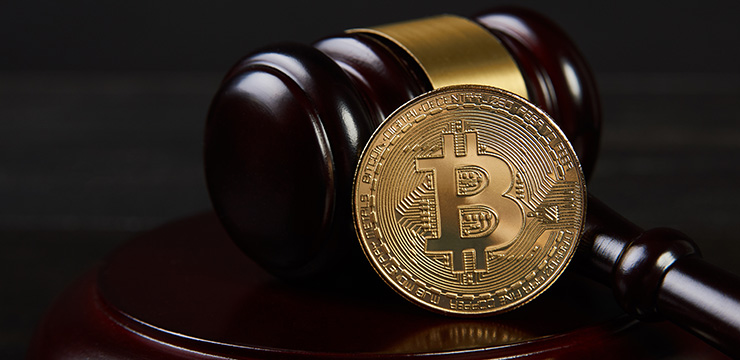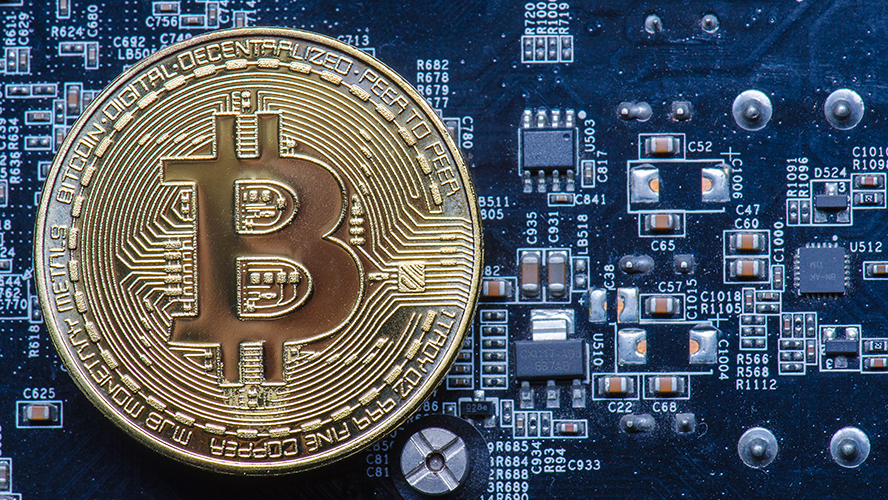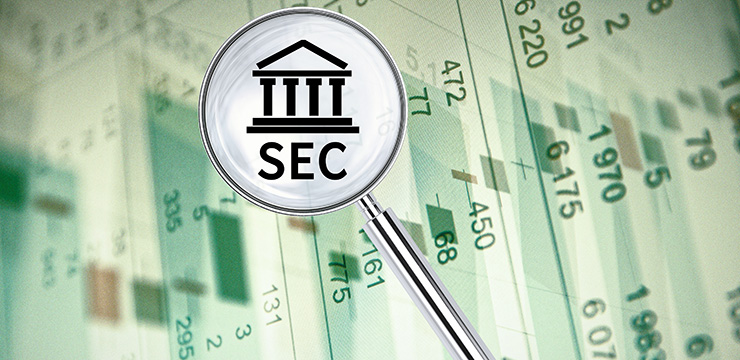On March 24, the United States District Court for the Southern District of New York granted the U.S. Securities and Exchange Commission (SEC) a preliminary injunction preventing Telegram from distributing $1.7 billion of its “Gram” digital tokens to investors. By way of background: According to Court filings, during the first quarter of 2018, Telegram sold purchase contracts to 175 initial purchasers entitling them to receive Grams when Telegram launched its proprietary blockchain platform. Telegram claimed an exemption from SEC registration as a U.S. private placement (i.e., transactions not involving security sales to the public). Some initial purchasers were locked up from reselling the Grams for brief periods following receipt, but otherwise were unrestricted in their ability to resell Grams to anyone on Telegram’s blockchain platform.

It’s premature to cite the Court’s grant of a preliminary injunction as gospel, as the Court’s findings are, by their nature, preliminary and subject to appeal. In granting an injunction, the Court accepted the SEC’s argument that the SEC was likely to succeed in demonstrating a securities laws violation following a trial, and that, if the Gram distribution was not paused now, unwinding that distribution (i.e., curing the violation) years later would be impractical. Since a Gram distribution today would, effectively, moot the SEC’s case, the Court’s grant of an injunction is not surprising. The appellate courts, or the trial court, may still take a different view, and in another situation with different facts, a court may view the outcome differently, as well.
For now, though, the Court’s order provides some helpful clarifications and reminders for European companies considering token offerings (whether cryptocurrency, digital assets or digital tokens). First and foremost is that your safest best is to just avoid U.S. jurisdiction by carefully adhering to the restrictions provided in Regulation S under the U.S. Securities Act of 1933. Complying with Regulation S allows a security offering, and subsequent resales, to be excluded from SEC registration if the entire transaction – offers, sales and delivery – is conducted entirely outside the U.S., to non-U.S. persons, with restrictions in place to prevent flow-back of securities into the U.S. In practice, complying with Regulation S means you must have a closed pool of offerees, you must know the details of your initial purchasers, and you must have a closed resale/transfer system to effectively prevent resales to the U.S. or token distributions to U.S. persons (which the SEC refers to as “flow-back” to the U.S.). While there are exceptions and caveats to these general principles, the Court made clear its sympathy to the SEC’s view that the U.S. private placement and Regulation S rules broadly prohibit back-door public token distributions, regardless of whether the tokens themselves are “securities” under the SEC’s rules (which define “security” broadly, a discussion for another day), following a “securities” offering that is not registered with the SEC.
Another key lesson for European companies is that, if the SEC believes your token offering has violated the U.S. securities laws, the SEC may come after you, even if your U.S. contacts are minimal. Telegram argued (unsuccessfully) that its non-U.S. transactions should be exempted from SEC jurisdiction because the issuer was not a U.S. company, its control persons were not in the U.S., some of the contracts were not entered into in the U.S., some of the purchasers were not in the U.S., and some of the securities were not delivered in the U.S. Crucially, however, Telegram did not demonstrate in its court filings that it took the appropriate steps at the time of the offering, sale and intended distribution of the Grams to separate the U.S. private placement transactions from the Regulation S (non-U.S.) transactions. If you, and your proposed transaction, are wholly outside the U.S., but you determine to include some U.S. purchasers in your token offering, you risk bringing the entire transaction within the SEC’s jurisdiction if you do not carefully ensure that your U.S. private placement is separate and distinct from your Regulation S (non-U.S.) offering when you make an offer, confirm a sale, and deliver any tokens, and that the Regulation S transaction has sufficient safeguards in place to avoid flow-back of the tokens into the U.S. by subsequent resales. Structuring a token transaction to comply with Regulation S can be complicated and requires careful attention to current and future token offers, sales, distributions and transfers.




